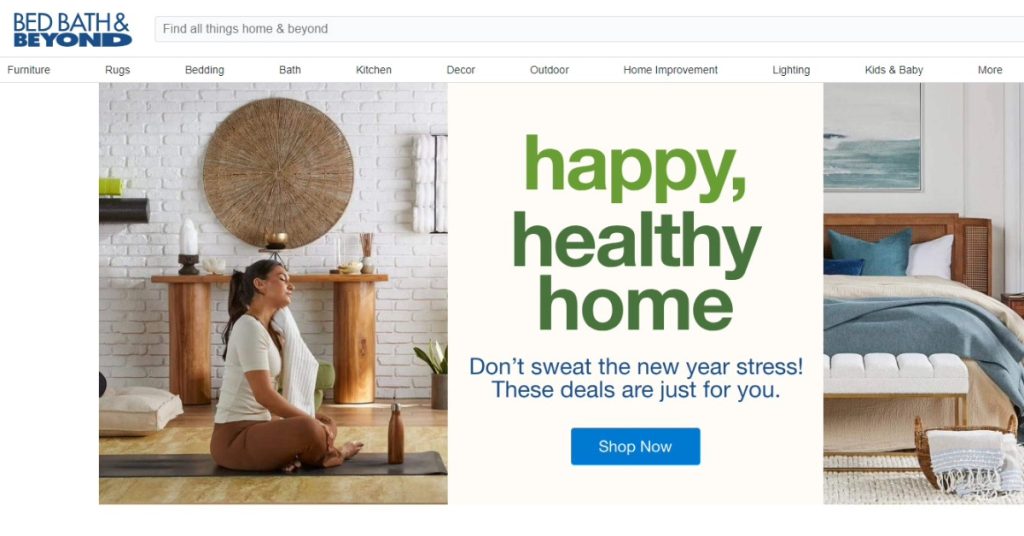
Bed Bath & Beyond marketplace case study: book a demo to start yours
Bed Bath & Beyond is a major U.S. retail chain known for its extensive selection of home products, encompassing bedding, kitchenware, home decor, and personal care items for bed, bath, and more.
If you’d like to start your own marketplace like Bed Bath & Beyond, you’re facing a buy vs build decision. So before you decide to build it in-house on top of Spree open-source, consider using the feature-rich Enterprise Edition cutting your time-to-market to a few weeks.
Build vs Buy a marketplace?
The use of open-source comes with multiple benefits, such as having complete control and flexibility in development. However, these come with a hefty price tag. To develop a complete marketplace solution, expect to invest a lot of time, often many months or years, and a significant amount of money. This conclusion is based on our experiences with several marketplace projects.
To bring your marketplace to market faster and with fewer uncertainties, it’s wiser to build on a proven, all-in-one platform like Spree Commerce Enterprise Edition—advice echoed by experts who have witnessed the pitfalls of custom development.
Back to the Bed Bath & Beyond marketplace case study
Bed Bath & Beyond was once known for having a wide variety of home goods in big stores that people loved. But as online shopping, like Amazon, got more popular, they started to struggle. By 2017, along with other big stores, Bed Bath & Beyond was having a tough time with their old way of doing business.
One reason they had trouble was because they made a big mistake with their money. Between 2004 and now, they spent a lot of money, more than they even had, buying back their own shares.
In 2019, they tried to change things by bringing in a new CEO, Mark Tritton, from Target. He wanted to replace expensive brand-name stuff with their own brands, like Target did. But this didn’t work. People liked the brand-name stuff, and they also didn’t like that Bed Bath & Beyond stopped giving out coupons.
The story of Bed Bath & Beyond teaches us that what works in one store doesn’t always work in another. This is also true for other brands, like J.C. Penney, where a person from Apple tried to change things and it didn’t go well. So, Bed Bath & Beyond had problems because they didn’t adapt to online shopping, they made money mistakes, they changed their products in the wrong way, and they didn’t understand their customers.
How to emulate Bed Bath & Beyond marketplace success?
Aiming for Bed Bath & Beyond-like success, consider starting your marketplace soon, ideally within weeks, not months. Explore how your product range fits with what your customers need and keep tweaking your customer acquisition techniques based on real findings.
It’s smart to test the market before fully investing in its creation.
Here’s how to get started:
- Book a marketplace demo call: We’ll help you evaluate Spree for your marketplace needs and get started with the Enterprise Edition
- Customize your Storefront: Use the drag & drop page builder or custom CSS
- Onboard Brands: Invite your brands or choose brands from our catalog
- Select Products: Curate products and collections manually or automate it
- Embed products: Make your content, newsletters, social media shoppable
- Get Paid: Get paid as soon as products are shipped by the brands
- End-to-end automation: Brands sync, fulfillment, payouts, invoicing, taxes
When you’ve tried all that and it works, start thinking about building your own, custom-made marketplace project based on Spree Commerce. First, by decoupling the storefront and going headless with marketplace API, and later with your own backend, if you decide you really need it. Just lift and shift the storefront.
Nobody has to know what’s under the hood, right?



